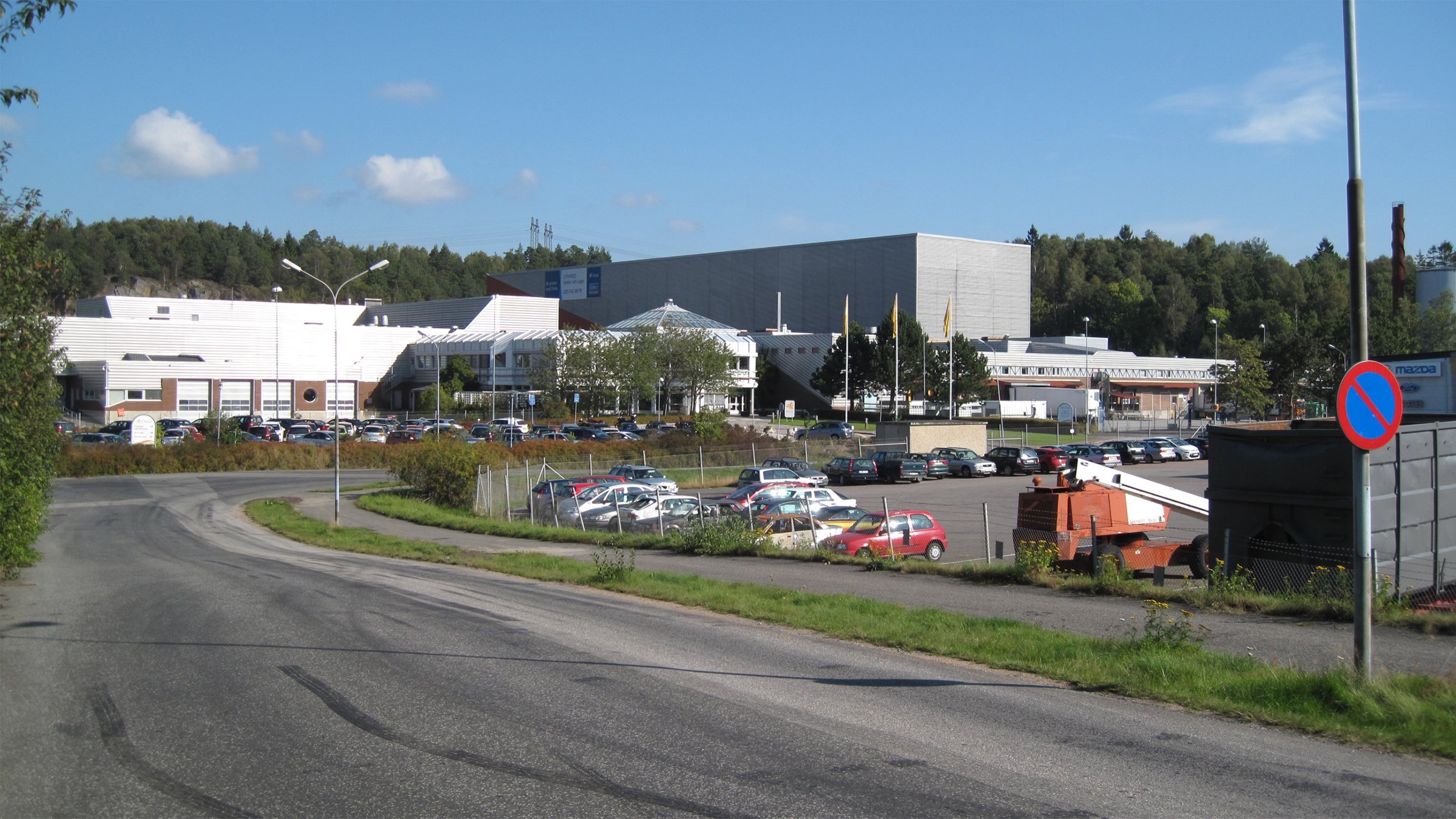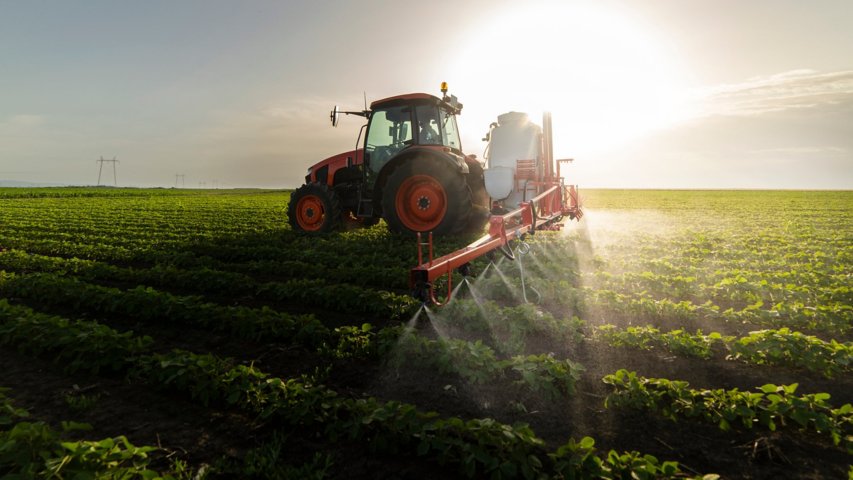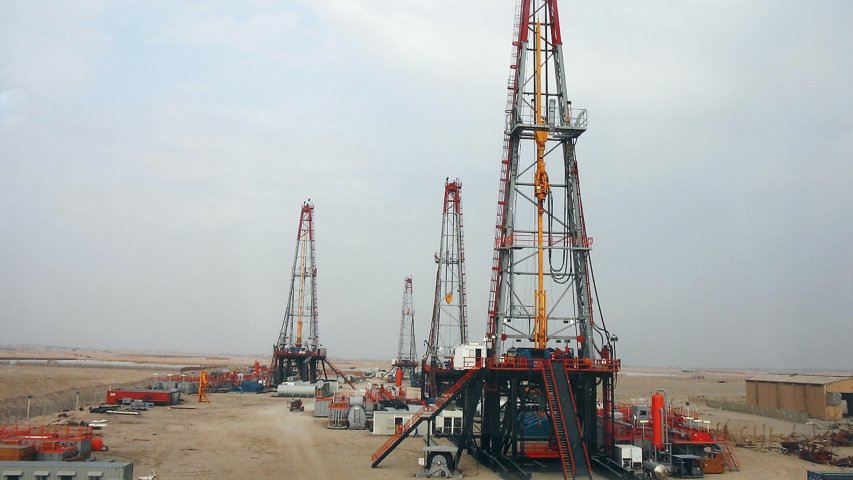Solution
“The solution was based on three phases,” Liam explains. “In the first instance a solutions platform was installed to provide services including SCADA, alarm monitoring, historical data logging, reporting services and, of course, client server operations. These leveraged FactoryTalk® Historian SE, FactoryTalk VantagePoint® and FactoryTalk View SE from Rockwell Automation.
“To facilitate this,” he continues, “a corporate-wide control systems network was installed, based on fiber optics and connected using Stratix™ switches from Rockwell Automation. This use of a fiber optic-based network, also gives Oriola the ability to make phased additions without risking the parts of the system that have already been validated.
“The second phase,” he elaborates, “was the installation of control systems in the freezers – which regularly function at -22 °C – and the chiller rooms, both of which see variable cooling loads as products are introduced and removed. This control system included the deployment of several Allen‑Bradley® PowerFlex® variable-speed drives to control the compressors that are used to regulate the cooling power. Finally, a room-monitoring system was installed, which comprised 490 temperature and humidity sensors. This provides complete monitoring, alarm and reporting facilities.
“A large legacy Allen‑Bradley SLC-based system was already in place,” Liam explains, “we just wanted to upgrade it to a more contemporary solution and Rockwell Automation offers a lot of help with this process, especially with the introduction of the 1747-AENTR adapter module.”
The 1747-AENTR adapter module allows Allen‑Bradley CompactLogix™ and ControlLogix® programmable automation controllers to control SLC I/O modules. It is primarily designed to enable the migration of existing SLC-controlled systems to Logix-based systems and acts as a gateway between the SLC backplane and EtherNet/IP and typically replaces an SLC controller in a rack.
As well as the new control infrastructure, much of the success of the system is down to more intelligent use of the sensors and their positioning. “We used much more intelligent sensor placement,” explains Jonas. “My suggestion at the start was not to rely solely on temperature mapping, so we came up with a method that measured the temperature in real time. For this we adopted a risk-based approach, where we noted all possible sources of heat and cold (doors, fans, heaters, etc.) and then we said that between every ‘risk’ and our product storage there should be a sensor probe as well as probes all around the area and in the middle."
“This results in many more probes,” he continues, “but we now have much more faith in our real-time data. Temperature mapping is still legislated by law and forms a major part of our risk-based approach, but we can offer our customers significant additional data. A few of our customers were very impressed and even suggested that our new approach was ‘top of the class’.”
Alongside the regular audits, the facility also undergoes other inspections. “We have constant interaction with authorities,” Liam explains, “and have been involved in over 50 inspections since the initial installation. Oriola is responsible for the distribution chain, so any issues can affect the whole customer chain. If anything comes up in the inspections they call Kennedy Automation to prove that things were done correctly; we can expect a call at any time. We provide test-assessment documents and risk assessments, some of which prompt further enhancements. We do still get comments, but nothing like before.”



